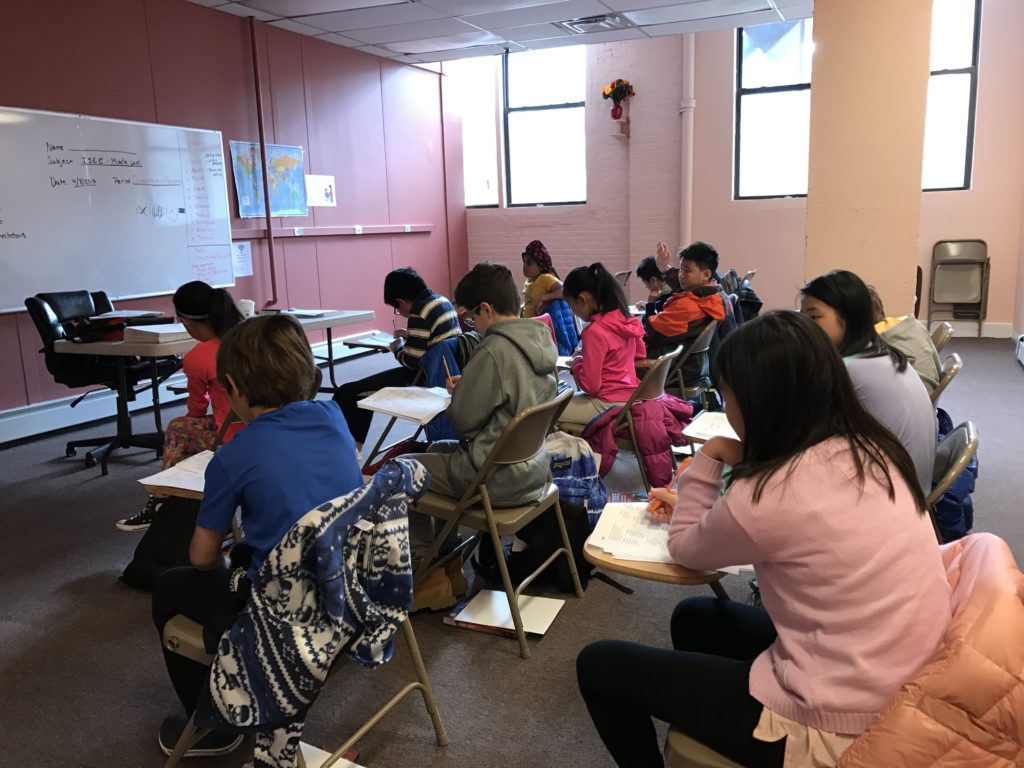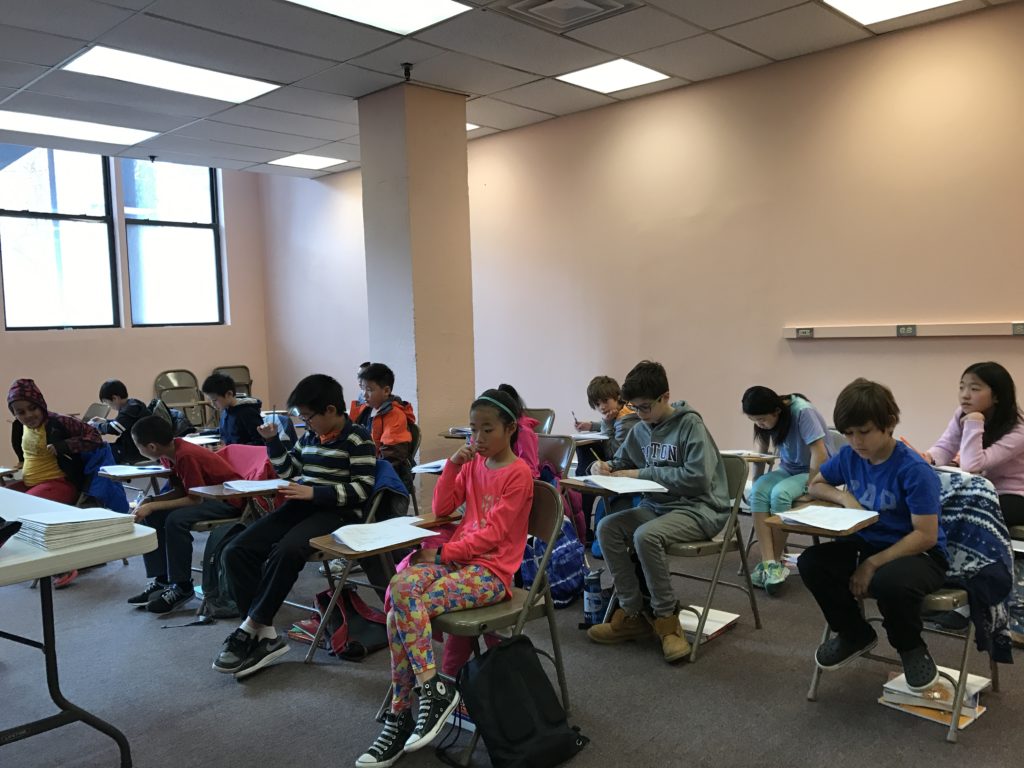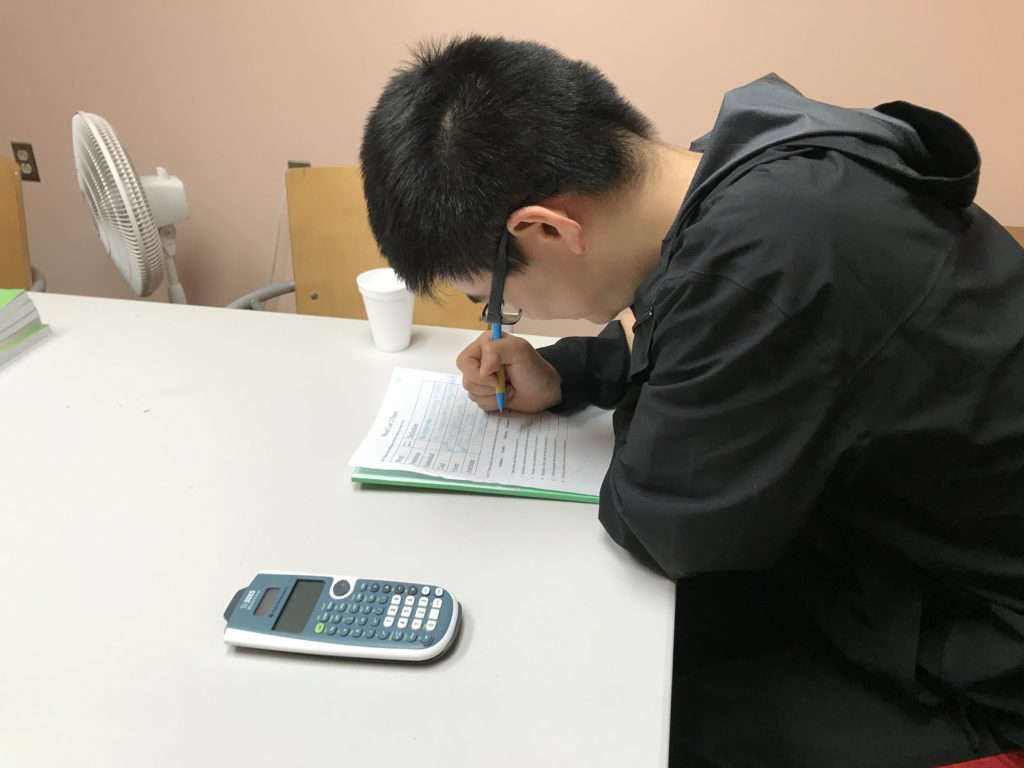
There is a simple idea behind active reading: To promote understanding, it is better for scholars to be proactive in exploring the written word than it is for them to just sit there and absorb it. By applying various techniques, from reading aloud to asking critical questions of the text through their time reading, it’s possible for people of all ages to gain new insight into written material.
Active reading is something that offers advantages in many areas of study, and is therefore a skill that should be picked up as early as possible in a child’s education. To better understand why active reading is so essential, here are a few examples of the many ways that learning how to do it can benefit your child.
For young scholars enrolled in after school enrichment classes for English, being able to see beneath the surface of a text and understand its deeper meaning is important. It can help them think critically about the presentation and arguments of the writing, and to come up with great questions or counterarguments in their own work.
Active reading skills are integral to developing this type of critical eye. Tools used in active reading – like taking notes while reading or summarizing a text after finishing a read-through – can help scholars uncover the most important information in the piece. The more your child practices these simple skills, the better they will get, which means an early start in learning active reading is best.

Students who have mastered active reading can delve more deeply into texts
Many people assume active reading is only important in English or other subjects where there are large sections of text to pore through. However, the technique can benefit students in all kinds of work, including in math.
The most obvious example of where active reading skills can be beneficial in math is word problems, which are mainstays on the ISEE and SSAT exams and in regular class work. The trick with these questions, of course, is that they do not expressly tell students what to do. Instead, they present information and ask students to analyze that information in order to figure out what steps to perform to achieve a desired result. Students trained in active reading will likely have an easier time performing this kind of analysis, allowing them to complete their work both more quickly and more accurately.

Active reading can help students complete some math problems more quickly and accurately
There’s no shelf life on the effectiveness of positive learning habits. A student who masters the ability to use active reading when they are a child will have that gift with them for the rest of their time studying. What’s more, with top schools like Princeton making an effort to teach their students how to apply active reading in their work, it’s clear that the skill is highly prized even at the very highest level.
If you hope that your child will someday attend a top university, ensuring they learn active reading from a young age can be important. Enrolling them in the ASC A+ English and math enrichment program for grades 2-8 can be an effective way to do so. With expert instructors and a track record of propelling hundreds of students to a future at top schools like Harvard, Brown, and MIT, our school’s programming – which puts active reading skills at its core – has a demonstrable effect of helping scholars achieve. Enrolling can be a great way to help your child gain an important new tool for success, both now and in the future.
Do you want your child to learn active reading and other useful study skills?
Contact ASC A+ to learn more about our math and English enrichment program for grades 2-8!